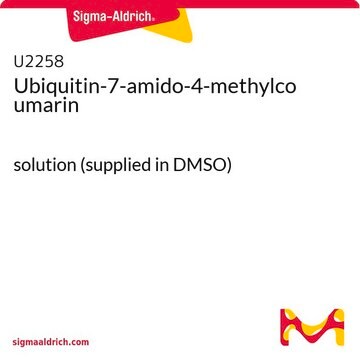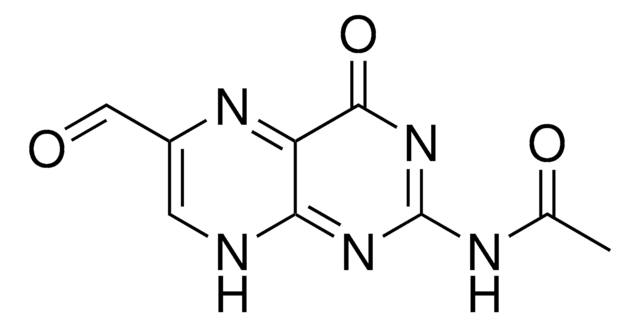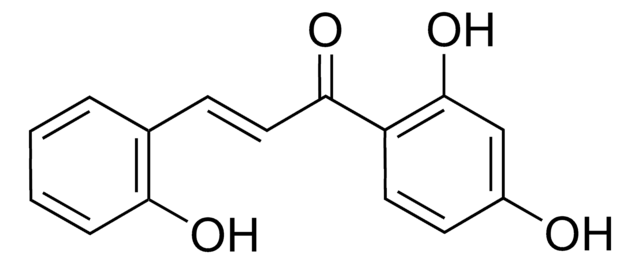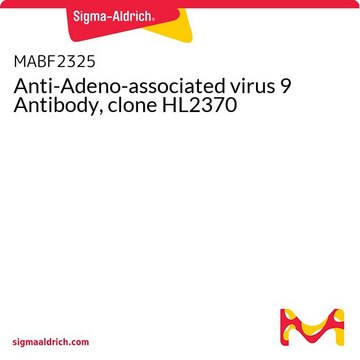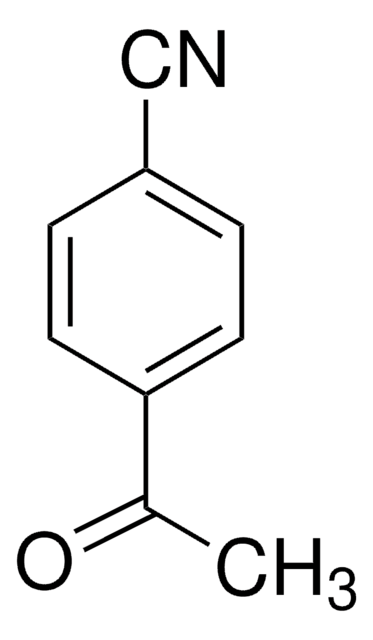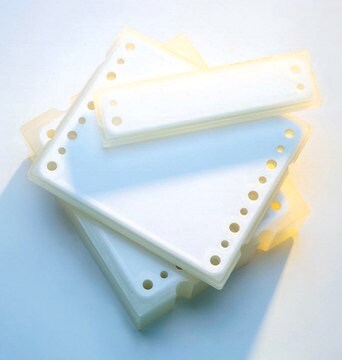MABF2075
Anti-MR1 Antibody, clone 26.5
clone 26.5, from mouse
Synonym(s):
Major histocompatibility complex class I-related gene protein, MHC class I-related gene protein, Class I histocompatibility antigen-like protein
About This Item
Recommended Products
biological source
mouse
antibody form
purified immunoglobulin
antibody product type
primary antibodies
clone
26.5, monoclonal
species reactivity
rat, bovine, mouse, human
packaging
antibody small pack of 25 μL
technique(s)
flow cytometry: suitable
immunoprecipitation (IP): suitable
isotype
IgG2aκ
NCBI accession no.
UniProt accession no.
target post-translational modification
unmodified
Gene Information
human ... MR1(3140)
General description
Specificity
Immunogen
Application
Flow Cytometry Analysis: A representative lot detected MR1 in flow cytometry applications (Huang, S., et. al. (2005). J Biol Chem. 280(22):21183-93; Gold, M.C., et. al. (2010). PLoS Biol. 8(6):e1000407; Huang, S., et. al. (2009). Proc Natl Acad Sci U S A. 106(20):8290-5).
Inhibits Activity/Function Analysis: A representative lot inhibited the activation of mucosal-associated invariant T (MAIT) cells by MR1 protein. (Huang, S., et. al. (2009). Proc Natl Acad Sci U S A. 106(20):8290-5).
Inflammation & Immunology
Quality
Flow Cytometry Analysis: 1 µg of this antibody detected MR1 in one million MR1-transfected WT3 mouse embryonic fibroblasts.
Target description
Physical form
Storage and Stability
Other Notes
Disclaimer
Not finding the right product?
Try our Product Selector Tool.
Certificates of Analysis (COA)
Search for Certificates of Analysis (COA) by entering the products Lot/Batch Number. Lot and Batch Numbers can be found on a product’s label following the words ‘Lot’ or ‘Batch’.
Already Own This Product?
Find documentation for the products that you have recently purchased in the Document Library.
Our team of scientists has experience in all areas of research including Life Science, Material Science, Chemical Synthesis, Chromatography, Analytical and many others.
Contact Technical Service